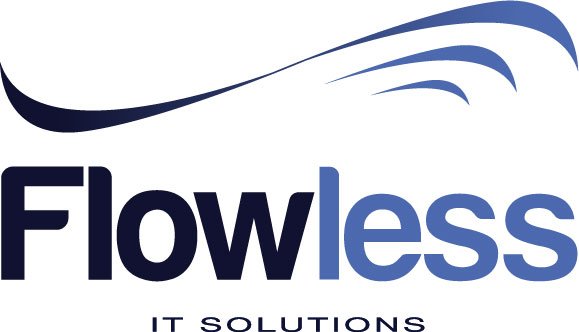SAFe recommends the creation and the implementation of a Kanban system across the content hierarchy – which includes the portfolio, program and team including the value stream. Whilst these systems do operate in the same way, and they are interoperating, still they are significantly individual systems and they serve different purposes and they are operating at various stages of abstraction.
The management and implementation of a portfolio Kanban system is within the supports of Program Portfolio Management. Implementing this system needs a material comprehension of Lean & Agile improvement practices as implemented to portfolio level practices. It also needs comprehension of the productive capability of every Agile Release Train and its velocity including the accessibility of each for a new development or business-as-usual support activity. Once all these things are understood, the business can begin to reason regarding the portfolio level advantages in a pragmatic and logical way, with complete understanding of tangible implementation context.
The SAFe Portfolio management Kanban system can be used in addressing the Epics flow, those huge cross-cutting initiatives which can influence the plan of action for the value streams as well as the ARTs or Agile Release Trains which realize them. Thereby, the capture, analysis, sanction and the release of epics in implementation is known as the material option for the portfolio and it is something that something that requires the participate of some major stakeholders, which involve the PPM or Program Portfolio Management and the representation from the influenced ARTs and value streams.
SAFe is applying the Portfolio Kanban System within this context due to different reasons which are as follows:
– To make the strategic business initiative backlog completely visible
– To give visibility and structure to analysis & decision-making which moves such initiatives to implementation
– To give WIP limitations to guarantee the teams that are responsible for the analysis will undertake it with full responsibility and will not create anticipations for implementation and timeframes which are quite unrealistic
– To help in driving collaboration and willingness to work between the major stakeholders within the organization
– To give a quantitative and transparent basis designed for economic decision-making process for such matters
Every Kanban system is specifically designed to be used in a particular purpose. This one has been made for capturing, analyzing, giving approval and in tracking epics. This system may appear as shown below:
Funnel
– Where big ideas are accepted, including new business opportunities, market changes, cost savings, mergers & acquisitions, issues concerning the recently available solutions
Review
– Epic importance statement
– Calculation of SWJF
– Refine comprehension
– WIP limited
Analysis
– Solution awareness
– Cost estimate
– Refine WSJF
– Lightweight commercial case
– Go or no-go decision
– WIP limited
Portfolio Backlog
– Epics sanctioned by the PPM team
– Consistent prioritization of the recognized Epics by the use of WSJF
Implementation
– Epics owners & product & solution management will decompose the epics into program epics or value stream, capabilities & features
– Ownership transition to ARTs and value streams
– WIP limited through downstream capability
– Epic tracking pursues
– Teams start to implement at PI preparation boundaries
Done
– The success guidelines and criteria was met effectively
–Slimane Zouggari
